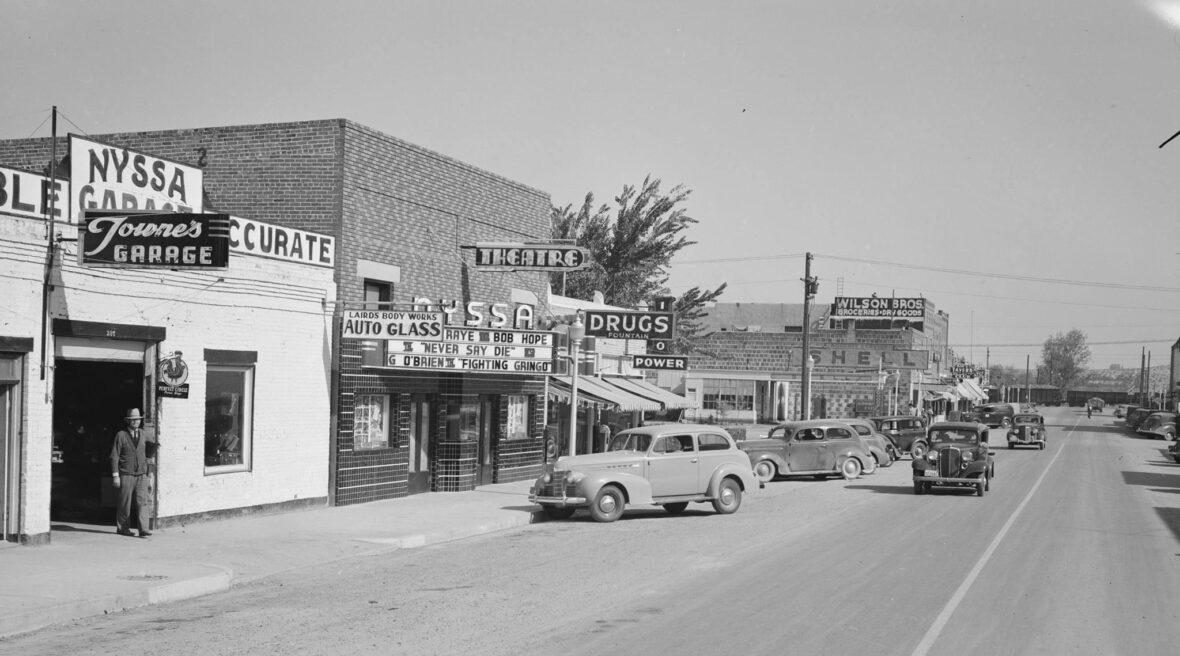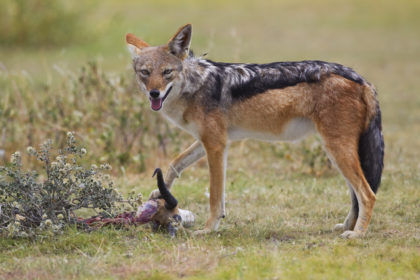Nyssa is a city in Malheur County, Oregon, United States. Take a look below for 15 awesome and interesting facts about Nyssa, Oregon, United States.
1. The population was 3,267 at the 2010 census.
2. The city is located along the Snake River on the Idaho border, in the region of far eastern Oregon known as the “Treasure Valley”.
3. It is part of the Ontario, OR–ID Micropolitan Statistical Area.
4. The primary industry in the region is agriculture, including the cultivation of Russet potatoes, sugar beets, onions, corn, flower seed, mint, and wheat.
5. The city’s economy relies on the surrounding agricultural area with its several large onion and potato packaging plants.
6. The area surrounding the city was originally inhabited by Native Americans.
7. Northern Paiute and Cayuse frequented the area but had difficulty living in the relatively harsh climate.
8. The original Fort Boise, established in the 1830s, is nearby to the southeast. The city was originally a shipping center for sheep and stock on the Union Pacific’s main trunk line.
9. Experiments with growing sugar beets were begun in 1935 by R. H. Tallman, the Idaho district manager of the Amalgamated Sugar Company.
10. Successful yields led to the first Amalgamated-designed and built factory, which began operation on October 9, 1938.
11. The factory was located at 43.875298°N 116.990629°W, on both the Union Pacific Railroad lines and along U.S. Route 20.
12. In 1942, during World War II, Japanese Americans who had been removed from their West Coast homes worked in a farm labor camp outside Nyssa. Most of these internees came from the Portland Assembly Center and had volunteered to work in the Farm Security Administration camp to avoid incarceration.
13. The camp consisted of approximately 100 canvas tents, each containing a wood stove and a bare light bulb, as well as laundry and bathroom facilities and one public tent used for meetings, dances and church services. Although the facilities were not fenced in and the laborers were trucked into Nyssa once a week for recreation and shopping, Japanese Americans were subject to a curfew and were not permitted to leave the camp without an escort.
14. A total of some 400 men, women and children worked in the Nyssa camp, with a peak population of about 350. In November 1942, the tents being insufficient to keep out the winter cold, the camp was closed and most of the laborers moved to other FSA camps or private farms, or found employment and remained in Eastern Oregon (outside of the “exclusion zone” from which Japanese Americans were denied entry).
15. Near the end of the war, a branch camp for German and Italian prisoners of war from Camp Rupert, near Buhl, Idaho, was established.




